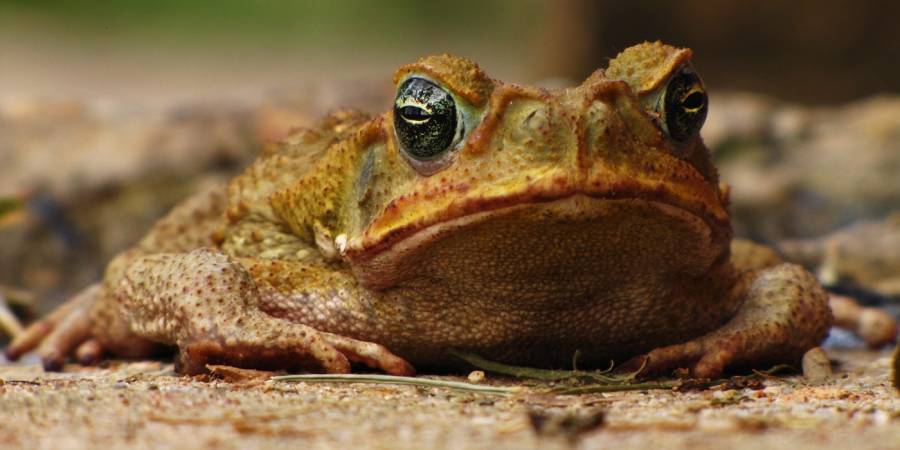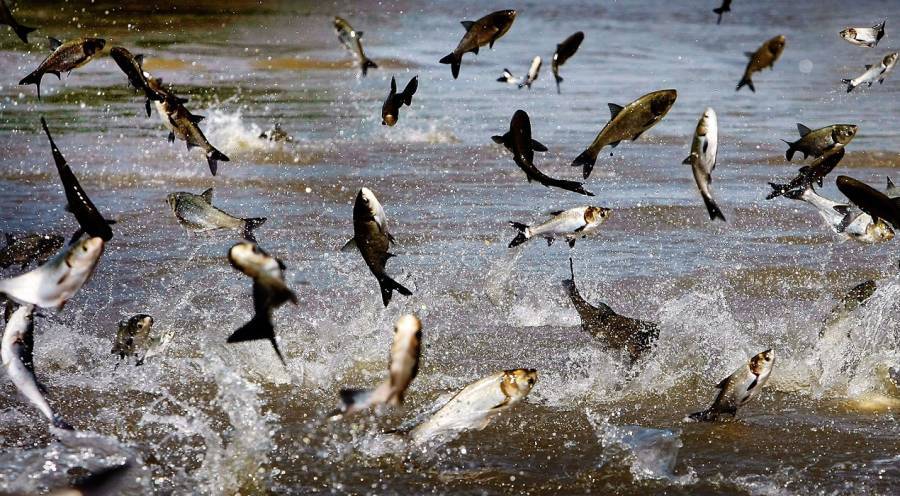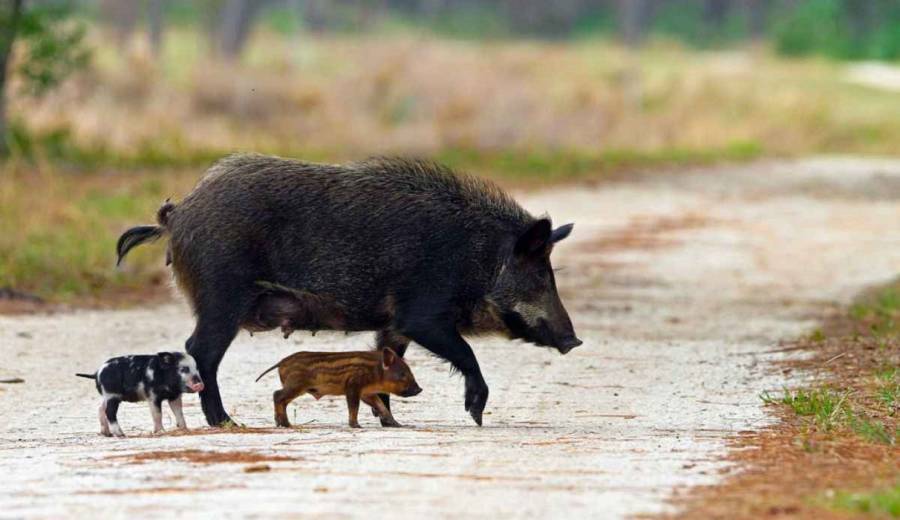Invasive Species: Cane Toad

The cane toad’s skin can be toxic to pets. Image Source: The Huffington Post
Cane toads were originally introduced to American sugar fields in the 1930s to deal with pests. In a twist you’ve probably guessed by now, they became pests themselves. When insects weren’t enough to satisfy this giant toad’s massive appetite, it turned against native species, gobbling up anything it could fit in its big mouth. If that weren’t enough, its skin is lined with poisonous sacs, meaning any predators or wayward pets that try to eat them will die within minutes.
Asian Carp

It isn’t uncommon for fisherman to be struck by this invasive species when they breach the water. Image Source: http://www.startribune.com/leaping-fish-why-asian-carp-must-be-stopped/217839421/
In another case of human-engineered biological solutions gone awry, the Asian carp was originally introduced to American waters as a means to keep them clean and free from parasites and weeds. From there, it was only a matter of time until this invasive species overtook the Mississippi River, consuming the resources that once allowed our native fish species to flourish.
Asian carp are even able to leap over low dams in order to lay their hundreds of thousands of eggs in previously unpopulated sections of water. Using connecting waterways, it’s suspected that these fish will come to affect as many as 31 states.
Feral Hog

Over 400,000 feral pigs reside within Louisiana alone. Image Source: Popular Science
Farmers frequently find themselves suffering at the claws and hooves of invasive species. Feral hogs, whether they’re escaped livestock or imported game for hunters, frequently prove themselves to be especially ruinous and dangerous.
Besides having a foul temper and a tendency to attack humans, these sometimes massive (as much as 1,000 pounds) wild pigs are known to root through plots of farm land, costing up to $1.5 billion annually. While farmers and hunters are free to trap and shoot them, these animals reproduce far faster than they can be killed.





